Powerful but Pricey: HP Z4 G5 Workstation
HP updates its best-selling desktop workstation.
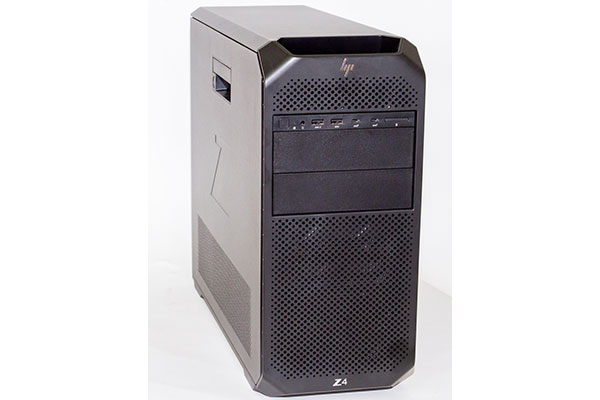
Fig. 1: The new HP Z4 G5 workstation is one of the most powerful workstations HP has ever offered. Image courtesy of David Cohn.
Latest News
November 16, 2023
Earlier this year, HP introduced the fifth generation of its Z-series workstations, including its best-selling G4, timed to coincide with the release of the latest generation of Intel Xeon Sapphire Rapids processors.
We recently received one of the new HP Z4 G5 workstations and immediately began putting it through its paces. According to HP, the new HP Z4 G5 is designed for machine learning and advanced video editing, with up to a 24-core CPU, two high-end GPUs and as much as 512GB of memory.
The new HP Z4 G5 comes housed in a beautifully designed charcoal gray aluminum tower case measuring 6.75x18.0x15.19-in., with beveled corners around the front. Despite its 27-lb. weight, handles integrated into the top front and rear make the system easy to carry. The front panel sports a power button, drive indicator, combo audio jack, a pair of USB 3 Type-A ports, two USB 3 Type-C ports and room for an optional media card reader. There are also two drive bays with front-panel access, which you can fill with optional optical drives or hot-swappable NVMe devices.
The rear panel includes a power connector, power button, audio line in/out jack, a single 1GbE RJ45 LAN port and six USB 3.1 Gen1 Type-A connectors. There is also space for an HP Flex I/O module and optional Wi-Fi antenna.
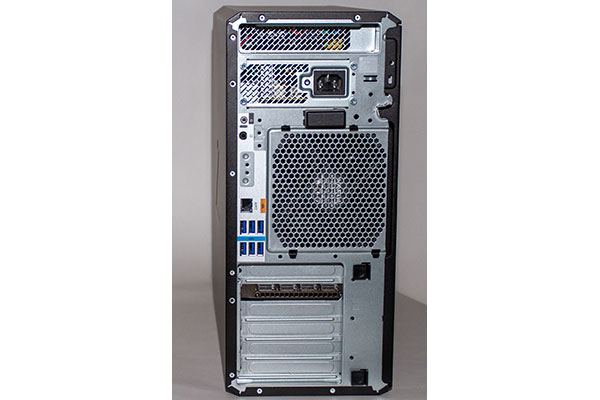
Lots of Options
The left side panel is easily removable, providing toolless access to the spacious interior. Two additional full-height interior drive cages enable the Z4 G5 to support up to 76TB of storage using a combination of M.2 and SATA drives. The motherboard supports a single CPU flanked by eight memory sockets, four to each side, that can host up to 512GB of RAM with transfer rates up to 4800 MT/s.
Prices for the Z4 G5 start at $2,280, with that entry-level configuration based on a 4.0GHz Intel Xeon W3-2423 six-core processor. That system also includes 16GB of RAM, a 512GB HP Z Turbo M.2 solid-state drive, an AMD Radeon RX 6400 GPU and a 775-watt power supply. But HP offers a choice of eight different Socket 4677 Intel Xeon CPUs.
HP equipped our evaluation system with an Intel Xeon W7-2495X CPU, the most powerful CPU option, adding $3,250. That 24-core processor has a base frequency of 2.5GHz and a maximum turbo boost frequency of 4.8GHz. The X designation indicates that the CPU has an unlocked multiplier; however, you can overclock the CPU if you desire.
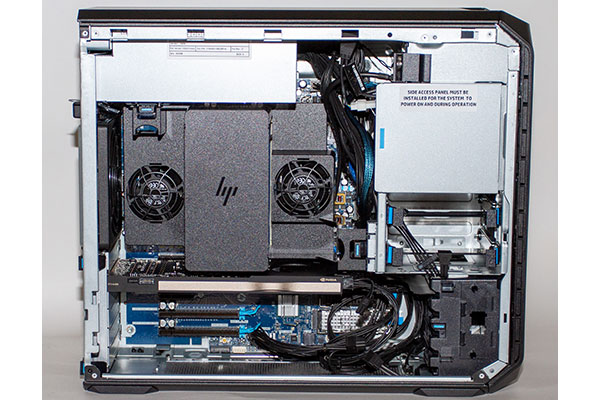
Unlike the new Intel Core processors, this new Xeon processor contains only performance cores. It also lacks integrated graphics. Based on the latest Intel 7 lithography, the CPU has a 45MB Intel Smart Cache, and for communication with other components, uses a PCIe Gen 5 connection.
With a processor base power requirement of 225 watts and a maximum turbo power load of 270 watts, the CPU is cooled by a large heat sink with a 3D vapor chamber. Front and rear fans keep air moving quietly throughout the interior of the case. There is also a fan in its own plastic housing mounted over the top of each of the two banks of memory sockets. Our evaluation unit came with 64GB of error-correcting (ECC) code RAM, installed as four 16GB DDR5-4800 SDRAM modules. This added $2,326 to the system price.
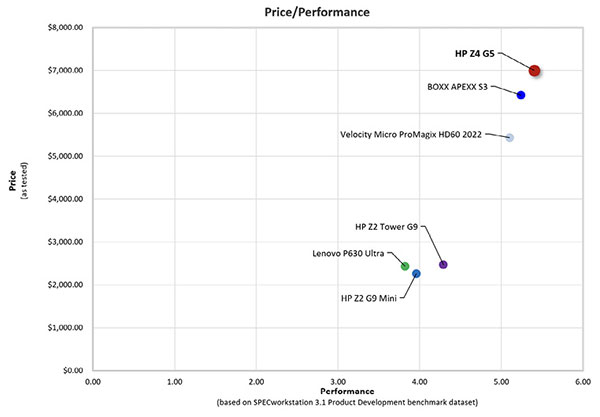
The motherboard also provides five PCIe slots and can support up to two high-end graphics cards. HP offers a choice of 17 different graphics processing units (GPUs) from AMD, Intel and NVIDIA, ranging from the NVIDIA T400 with 4GB of discrete memory to the ultra-high-end NVIDIA RTX A5000 Ada Generation GPU with 48GB of RAM. Our system included an NVIDIA RTX A4000 based on the GA104 Ampere architecture, with 16GB of GDDR6 ECC memory and featuring 6144 compute unified device architecture (CUDA) cores, 192 Tensor cores and 48 raytracing (RT) cores. Its 256-bit interface yields a bandwidth of 448GB/second while consuming 140 watts. As a result, although this GPU uses only a single PCIe x16 socket, it does require a six-pin auxiliary power connection. The RTX A4000 provides four DisplayPorts and added $950 to the unit cost.
HP also offers a range of storage options, ranging from the 512GB SSD offered in the base configuration to a pair of 4TB HP Z Turbo M.2 SSDs. These can be augmented by combinations of 3.5-in. SATA hard drives. The system we received included a 2TB HP Z Turbo Drive TLC M.2 SSD as the primary drive (an $887 add-on) as well as a second 1TB HP Z Turbo M.2 drive for data (for an additional $545).
With its power-hungry CPU and all the other components, our HP Z4 G5 came with a 1125-watt power supply, which added another $108. There are also opportunities for including Wi-Fi as well as Flex Port options for extra USB ports, serial ports and so on. Despite all the fans spinning to cope with the power loads, the system was never audible over the 37dB ambient background of the room housing our test bench, even under heavy compute loads.
Some Top Benchmark Results
We ran the new HP Z4 G5 through our standard battery of benchmarks. As expected, the system blasted through those tests. On the SPECviewperf benchmark, which focuses on graphics performance, the HP Z4 G5 delivered very good performance, including a top score on one of the datasets. But among other full-size tower workstations, it also ranked near the bottom on two other datasets.
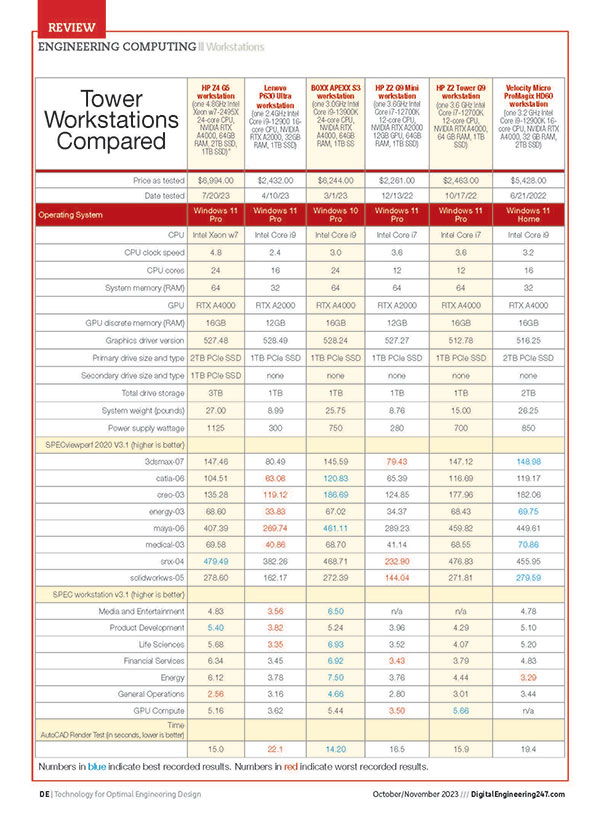
The Z4 G5 also did quite well on the very demanding SPEC workstation performance benchmark, including a top score on the Product Development workload, on which we base our price/performance calculations.
But again, it also yielded one of the lowest scores on the General Operations workload as well as a low score on the storage subsystem. And on our AutoCAD rendering test, which clearly shows the advantage of a fast CPU with multiple cores, the HP Z4 G5 averaged just 15 seconds, one of the fastest results we have ever recorded for this test.
HP preinstalled Windows 11 Pro for Workstations, although Windows 10 Pro is still available for an additional $78. Linux is also available. HP rounded things out with a 104-key USB keyboard and a three-button USB mouse. Like other HP professional Z-series workstations, the HP Z4 G5 is independent software vendor-certified for professional applications from Ansys, Autodesk, Dassault Systèmes, PTC and Siemens.
Once we added up the cost of all the additional components, the system priced out at more than $10,000, but online discounts immediately reduced the cost by more than 30%. Since the system is backed by a mere 1-year warranty; however, our as-tested price of $6,994 includes an extra $142 for HP 4-year active care with next-business-day response and on-site service.
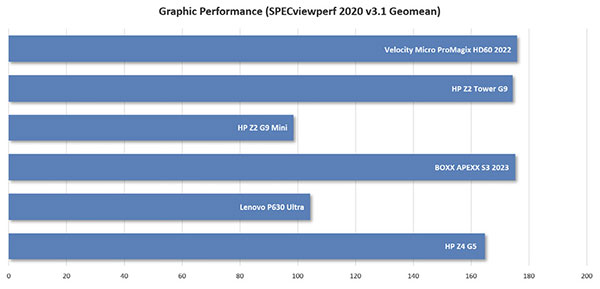
Fig. 5: Graphic Performance chart based on SPECviewperf 13 Geomean. Click here for full-size chart.
The new HP Z4 G5 is certainly one of the most powerful workstations HP has ever offered, able to accelerate workflows across a wide range of professional applications. Based on our test results, it stands as one of the fastest systems we have ever tested, but is also quite expensive.
While it will meet the needs of those who demand the absolute best performance for rendering, simulation and analysis, it may be a bit much for more mainstream CAD/CAM applications.
More Hewlett Packard Coverage
Subscribe to our FREE magazine, FREE email newsletters or both!
Latest News
About the Author
David Cohn is a consultant and technical writer based in Bellingham, WA, and has been benchmarking PCs since 1984. He is a Contributing Editor to Digital Engineering, the former senior content manager at 4D Technologies, and the author of more than a dozen books. Email at [email protected] or visit his website at www.dscohn.com.
Follow DE





